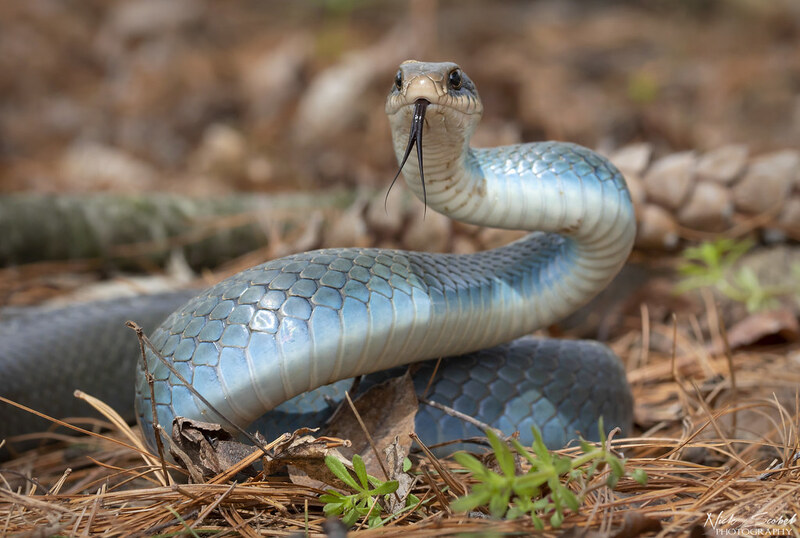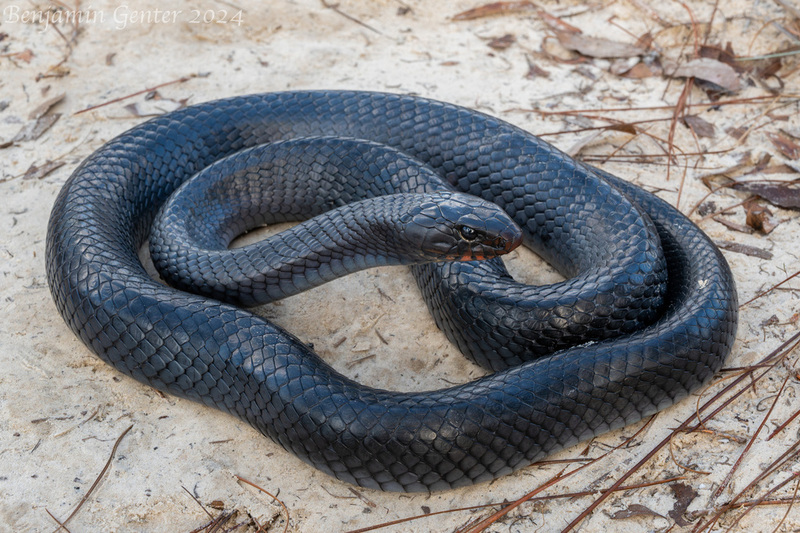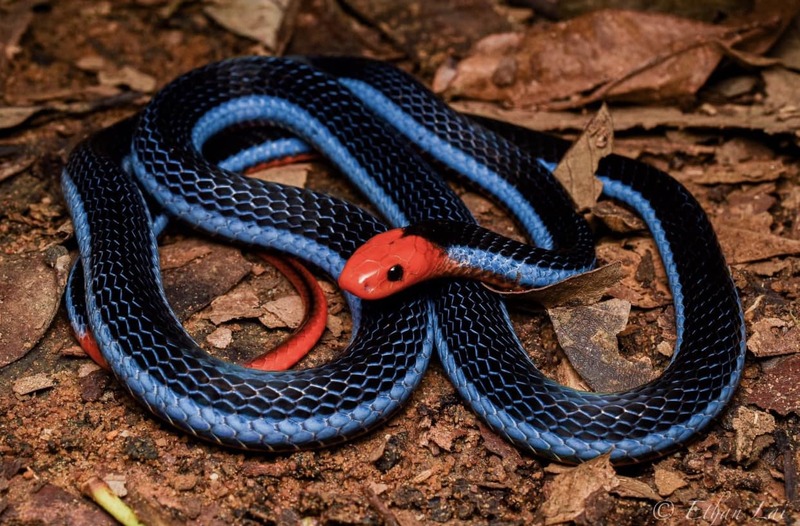Snakes have always intrigued and captivated human curiosity with their diverse colors, patterns, and behaviors. Among these fascinating creatures, the blue snake stands out for its striking and unusual coloration. In this comprehensive guide, we will dive into everything you need to know about blue snakes, including where they are found, their behavior, and what makes them so special in the reptile world.
The term "blue snake" refers to a variety of snake species that exhibit a blue or bluish tint on their scales. This unique coloration is relatively rare in the animal kingdom, and blue snakes are often highly sought after by herpetologists and reptile enthusiasts. The blue coloration can vary from a vibrant, electric blue to a more subtle, bluish-gray hue, depending on the species.
There are several species of snakes that can display blue hues, though their appearance can differ based on habitat, lighting, and genetics. Some of the most notable blue snake species include:

One of the most well-known blue snakes is the blue racer (Coluber constrictor foxii), found in parts of the United States, particularly in Michigan. As the name suggests, blue racer snakes are known for their speed and agility. Their bodies often have a sleek, blue-gray color, making them one of the most striking snake species in North America.
Blue racers are non-venomous and tend to be shy, preferring to flee rather than confront threats. They feed on small rodents, insects, and amphibians, contributing to local ecosystems by controlling pest populations.

While its name implies green coloration, the Baron’s green racer (Philodryas baroni) can often appear with a blue tint. These snakes are native to South America and are known for their slender bodies and quick movements. Though not highly venomous, they are rear-fanged, meaning they possess mild venom used to subdue small prey, such as lizards and birds.

The eastern indigo snake (Drymarchon couperi) is a large, non-venomous snake native to the southeastern United States. Although its scales are typically black, they can shimmer with a blue or purple iridescence under sunlight. Eastern indigo snakes are admired for their beauty and are one of the longest snake species in North America, often reaching lengths of up to 8 feet.

The blue coral snake (Calliophis bivirgatus) is a venomous species native to Southeast Asia. This snake has a striking appearance, with a vibrant blue body, red head, and tail. Despite its beauty, it is highly venomous, and its venom targets the nervous system of its prey, quickly incapacitating them. Blue coral snakes are secretive and are rarely encountered in the wild, making them both fascinating and mysterious.
Blue snakes can be found in a variety of habitats around the world. From North America to Southeast Asia, these snakes have adapted to their environments in unique ways. Here’s a look at where some of these species are typically located:
North America: The blue racer and eastern indigo snakes are commonly found in the United States, with blue racers inhabiting regions in the Midwest and eastern indigo snakes residing in Florida, Georgia, and surrounding states.
South America: Baron's green racer, with its blue-tinted variations, can be found in rainforests and other tropical areas in countries like Brazil, Argentina, and Paraguay.
Southeast Asia: The blue coral snake, one of the most vividly colored species, is native to rainforests in countries such as Malaysia, Thailand, and Indonesia. These snakes thrive in moist, tropical climates where they can blend into their surroundings.
Like all snakes, blue snakes exhibit unique behaviors that help them survive in their respective habitats. While their behavior may differ slightly between species, many blue snakes share some common characteristics:
Shy and Solitary: Most blue snakes, particularly non-venomous species like the blue racer, tend to be shy and avoid human contact. When threatened, they often prefer to flee rather than engage in confrontation.
Diurnal Activity: Many blue snake species are active during the day (diurnal), using their excellent vision to hunt and avoid predators.
Predation and Diet: Blue snakes feed on a variety of small animals, including rodents, insects, amphibians, and birds. Their prey varies depending on their habitat and the specific species. For example, blue racers and eastern indigo snakes help control rodent populations, while blue coral snakes primarily prey on small reptiles.
Venomous vs. Non-venomous: Some blue snakes, like the blue coral snake, are venomous and use their venom to immobilize prey. However, most blue snakes, such as the blue racer and eastern indigo snake, are non-venomous and rely on speed and constriction to catch their prey.
The unique blue coloration of these snakes is due to a combination of genetic and environmental factors. Unlike other colors that are caused by pigments, blue in animals is often a structural color. This means that the blue hue is created by microscopic structures in the snake’s scales that reflect light in a specific way.
In the wild, the blue coloration can serve several purposes:
Camouflage: In some environments, such as dense forests or shaded areas, blue snakes may blend into their surroundings, making them less visible to predators or prey.
Warning Sign: For venomous species like the blue coral snake, the bright blue color can act as a warning to potential predators, signaling that the snake is dangerous.
The danger posed by a blue snake depends entirely on the species. As mentioned earlier, some blue snakes are venomous, while others are completely harmless to humans.
Non-venomous Blue Snakes: Species like the blue racer and eastern indigo snake are non-venomous and pose no threat to humans. They can even be beneficial, as they help control populations of pests like mice and rats.
Venomous Blue Snakes: Species like the blue coral snake are highly venomous and should be avoided if encountered in the wild. These snakes tend to avoid human interaction but will defend themselves if they feel threatened.
Due to habitat loss and human activities, several blue snake species are under threat. For example, the eastern indigo snake is listed as a threatened species due to habitat destruction and fragmentation. Conservation efforts, including habitat protection and captive breeding programs, are essential to preserving these unique snakes for future generations.
Blue snakes are among the most visually striking and fascinating creatures in the animal kingdom. Whether you're captivated by the speedy blue racer or the venomous blue coral snake, there's no denying the allure of these rare, beautiful reptiles. While some species may pose a danger to humans, others are harmless and play vital roles in their ecosystems.
The next time you come across one of these remarkable snakes, you’ll have a deeper appreciation for their unique place in the world—and the evolutionary factors that have given them their stunning blue hue.
animal tags: Blue-Snake
We created this article in conjunction with AI technology, then made sure it was fact-checked and edited by a Animals Top editor.